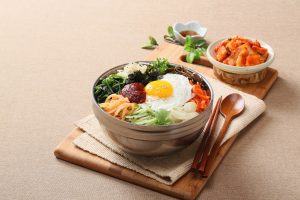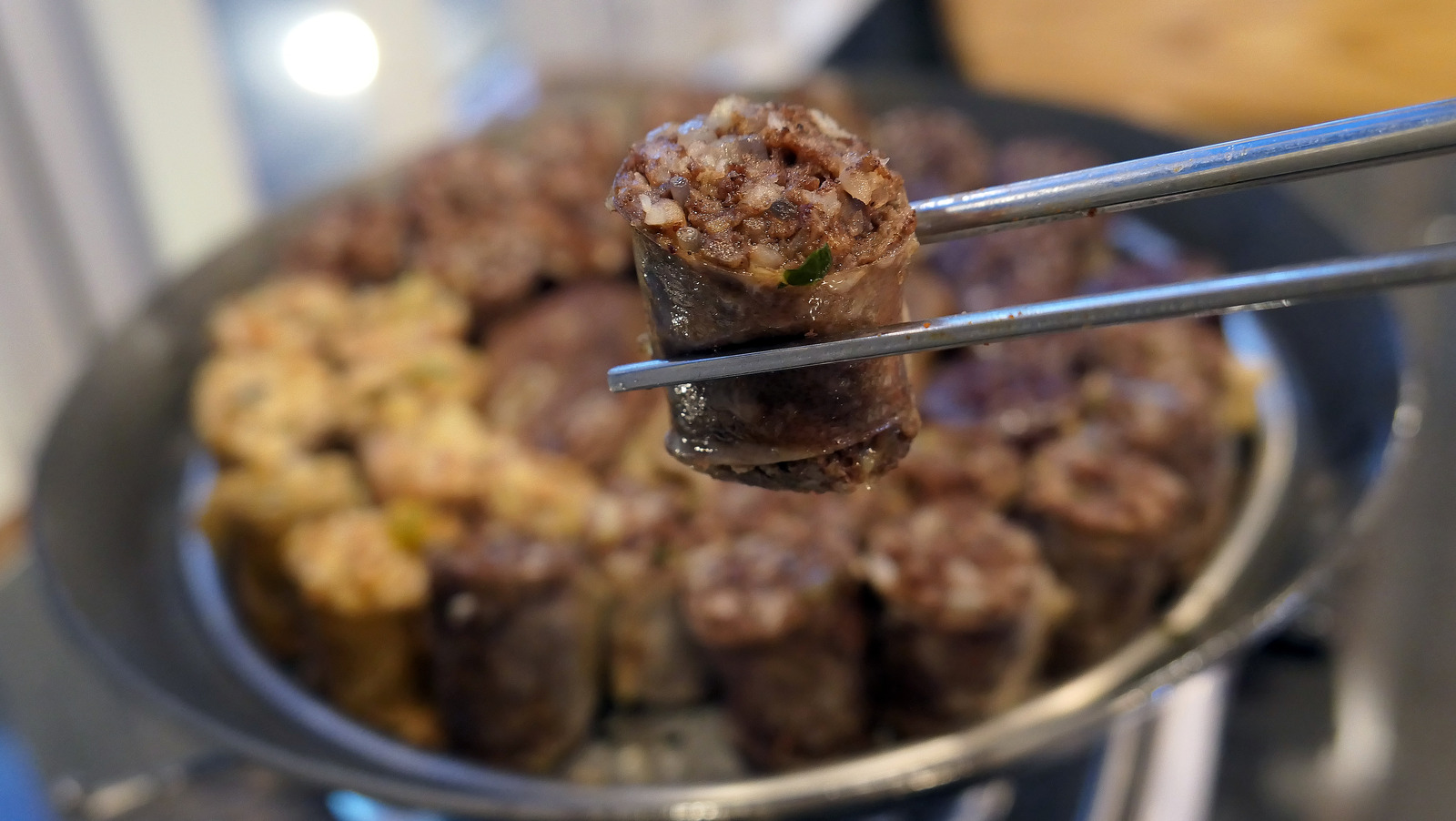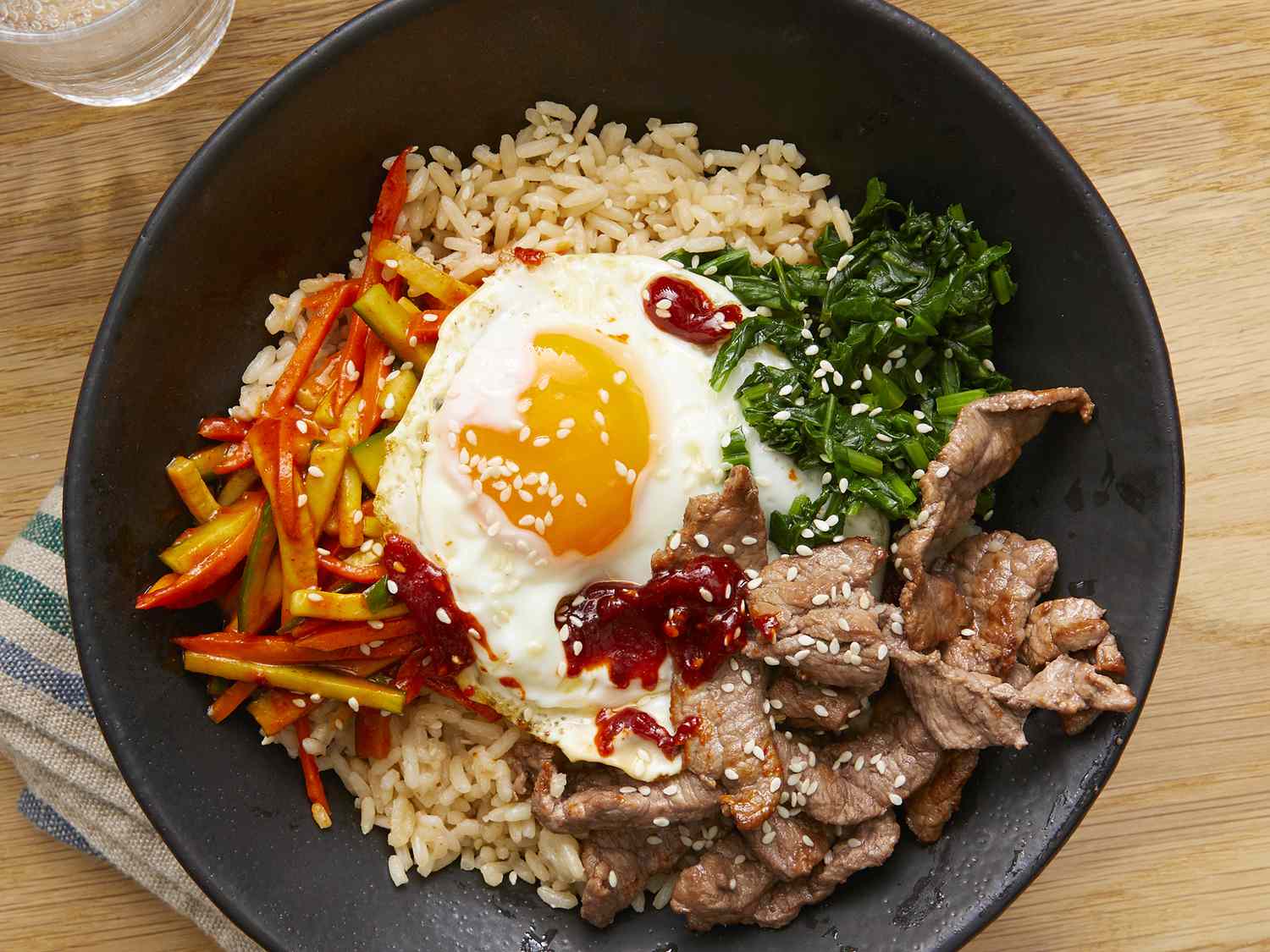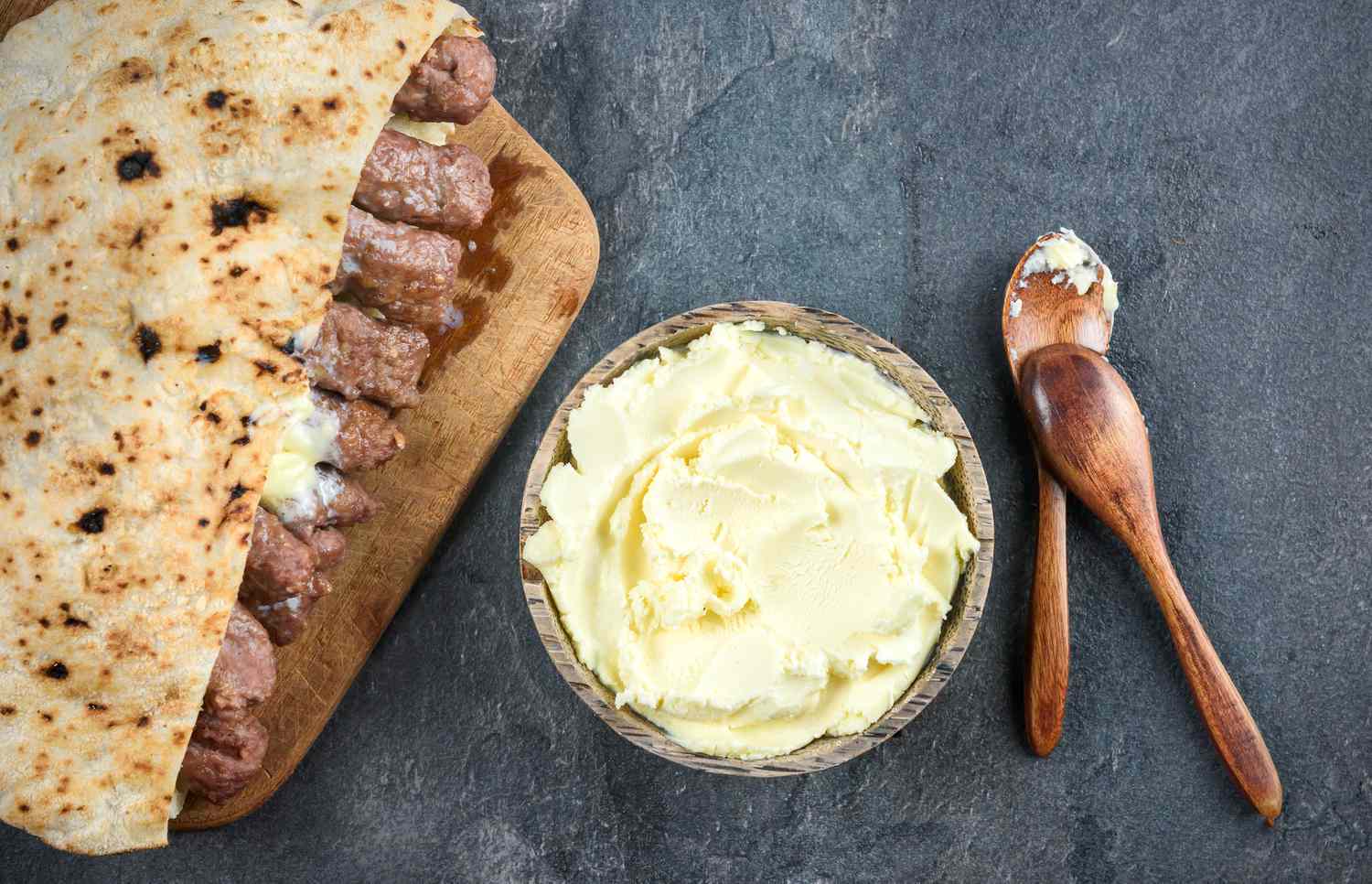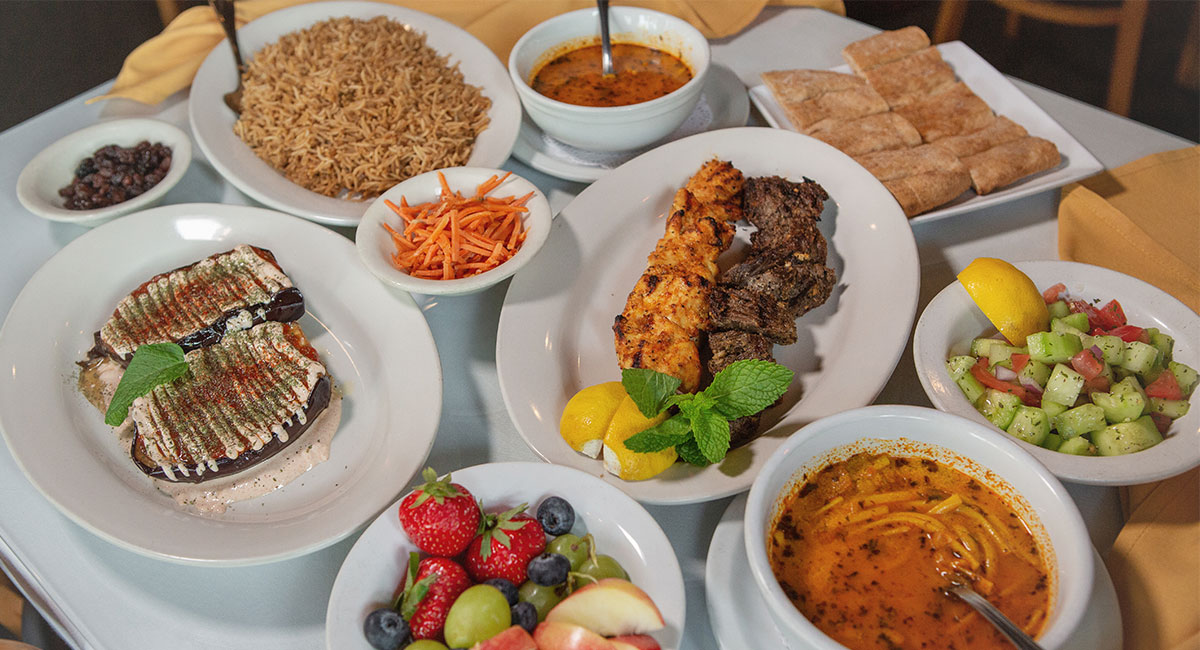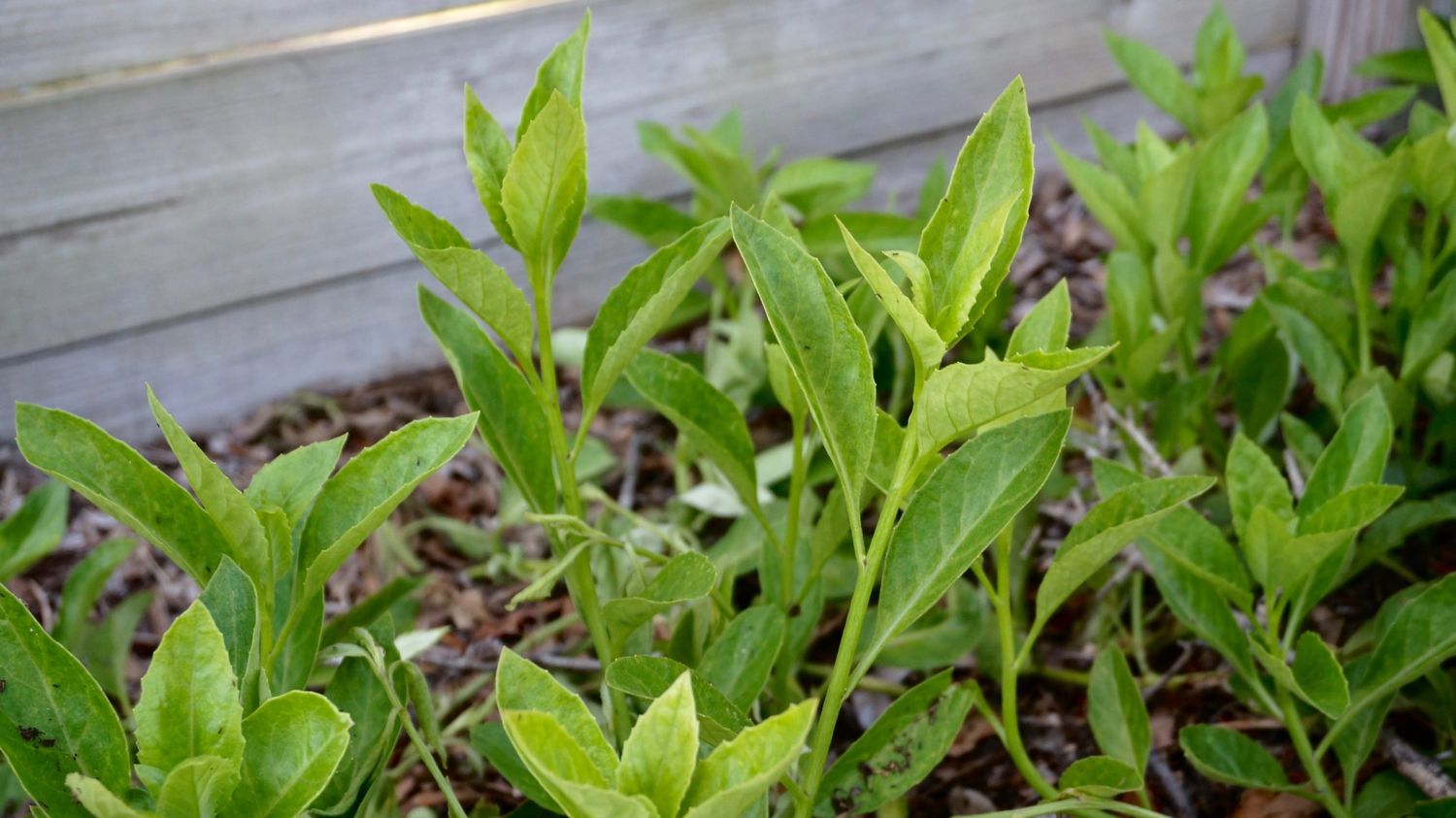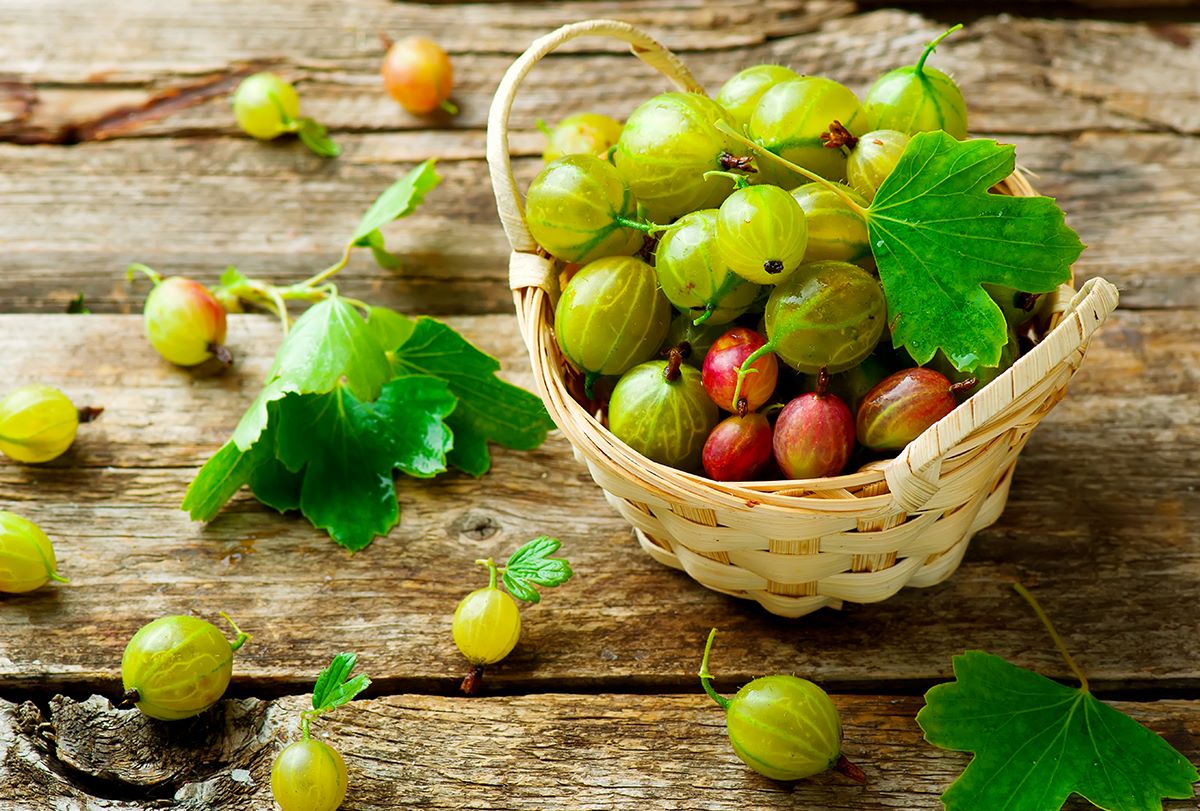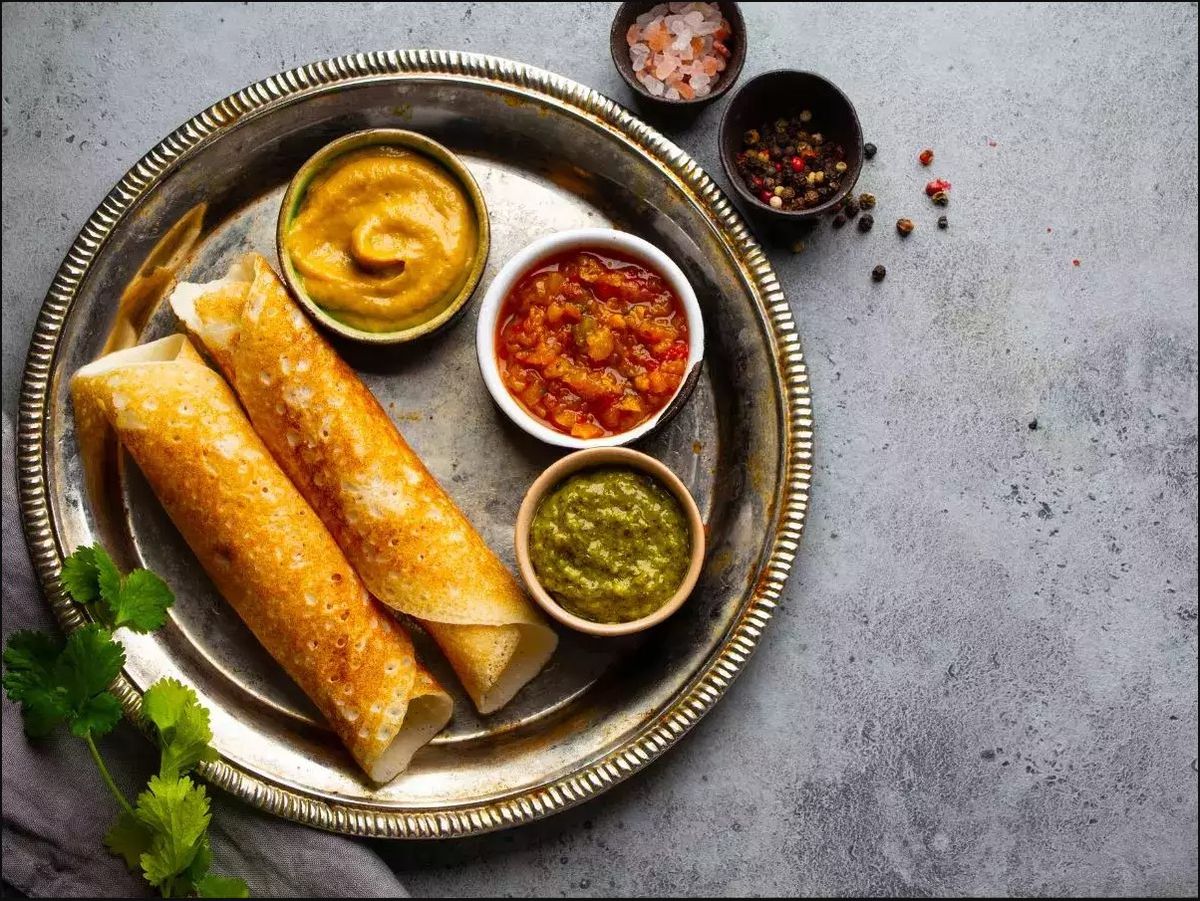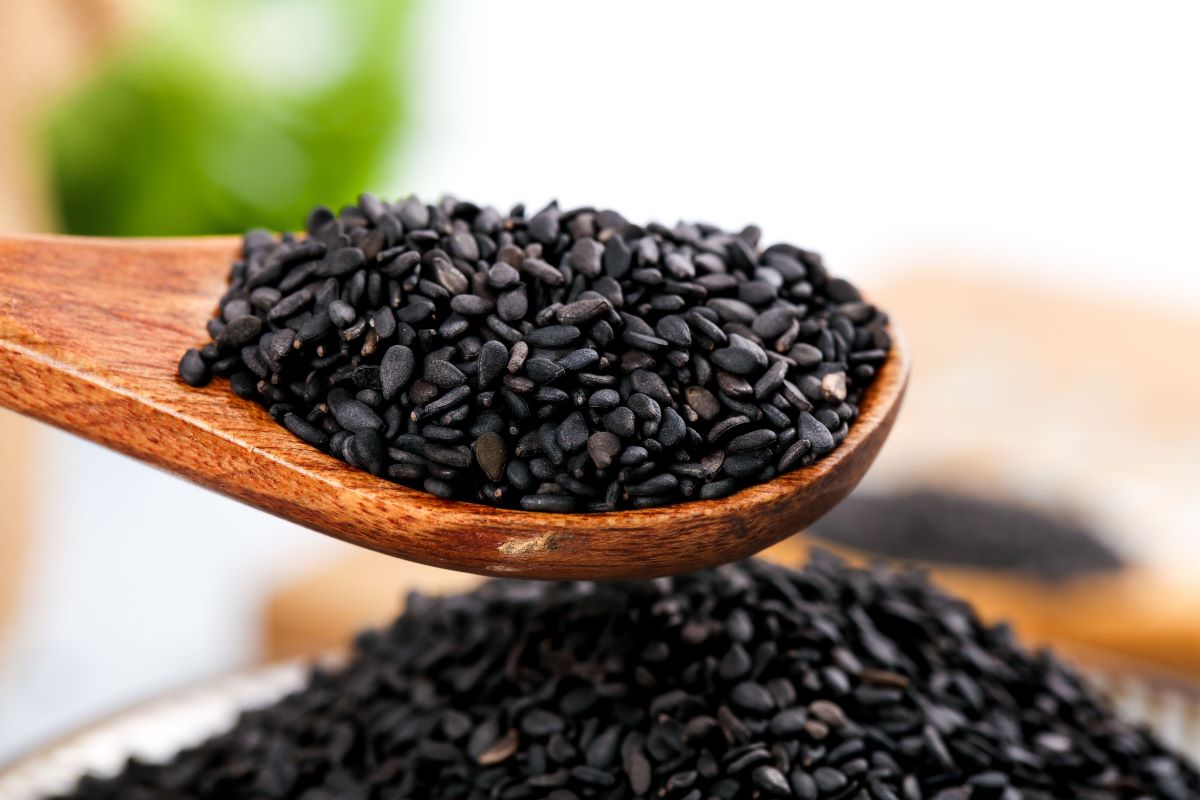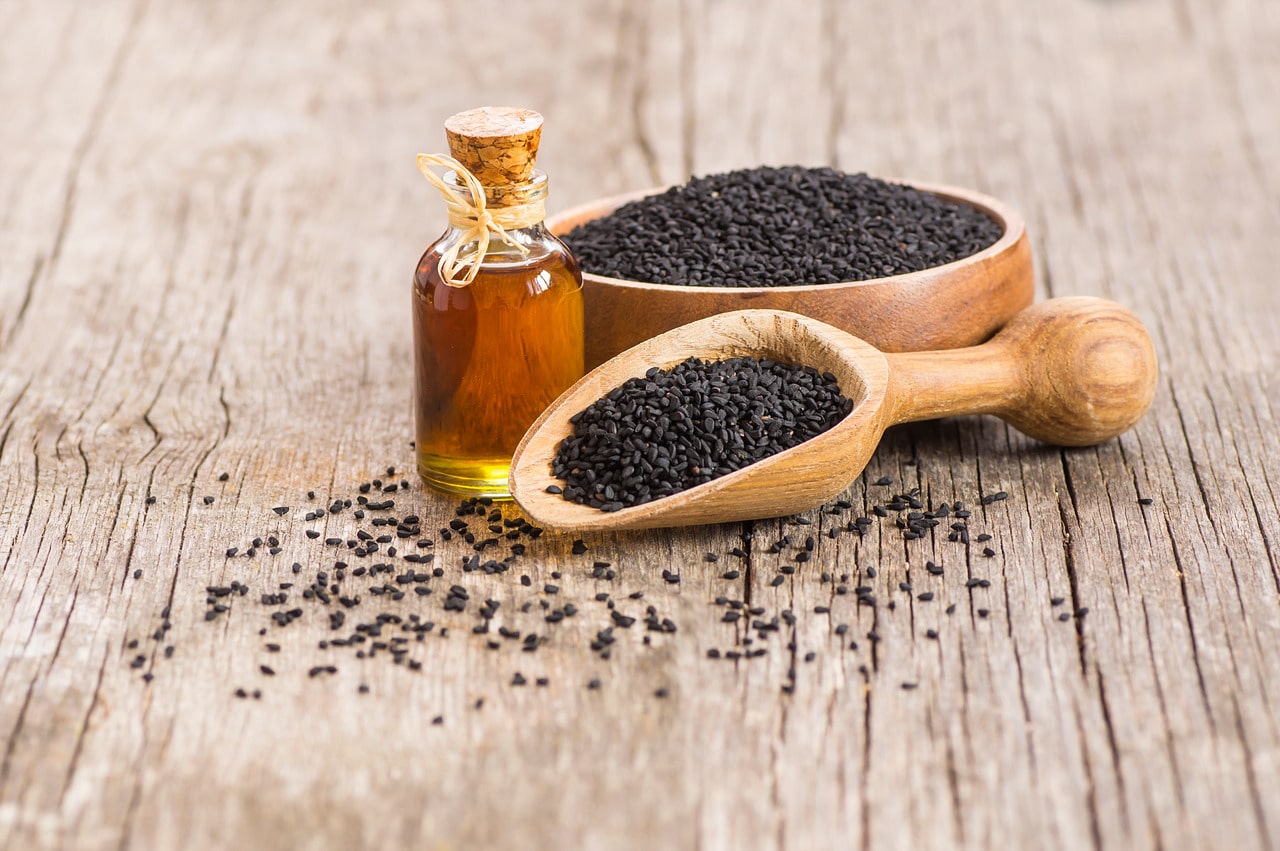Discovering the Delights of Korean Cuisine
When it comes to Korean food, there is a whole world of flavors and textures waiting to be explored. From spicy kimchi to savory bulgogi, Korean cuisine offers a diverse range of dishes that are sure to tantalize your taste buds. Whether you’re a seasoned foodie or new to Korean cuisine, here are some tips on how to eat and enjoy Korean food to the fullest.
Embrace the Banchan Experience
One of the unique aspects of Korean dining is the tradition of banchan, which are small side dishes served alongside the main meal. These can include an array of items such as kimchi (fermented vegetables), namul (seasoned vegetables), and jeon (pan-fried delicacies). Embrace the banchan experience by sampling a little bit of everything and mixing and matching flavors to find your perfect combination.
Get Acquainted with Korean BBQ
Korean BBQ is a must-try for any food enthusiast. Whether you opt for beef, pork, or chicken, the experience of grilling your own meat at the table is both interactive and delicious. Wrap the grilled meat in a crisp lettuce leaf, add some ssamjang (a savory dipping sauce), and enjoy the explosion of flavors and textures in each bite.
Don’t Shy Away from Spiciness
Korean cuisine is known for its bold and spicy flavors, so don’t be afraid to embrace the heat. Dishes like tteokbokki (spicy rice cakes) and buldak (fire chicken) may pack a punch, but they are beloved for their addictive spiciness. If you’re new to spicy food, start with milder dishes and gradually work your way up to the spicier options.
Explore the World of Noodles
From jjajangmyeon (black bean noodles) to naengmyeon (cold buckwheat noodles), Korean cuisine offers a diverse array of noodle dishes that are both comforting and satisfying. Be sure to slurp your noodles noisily – in Korean culture, it’s a sign that you’re enjoying your meal!
Appreciate the Art of Kimchi
No discussion of Korean food would be complete without mentioning kimchi. This iconic dish, made from fermented vegetables and a blend of seasonings, is a staple of Korean cuisine. With its tangy, spicy, and slightly funky flavor, kimchi adds a delightful kick to any meal. Don’t be surprised if you find yourself craving it regularly after your first taste!
Pair Your Meal with Soju or Makgeolli
Complete your Korean dining experience by enjoying a traditional Korean alcoholic beverage. Soju, a clear distilled liquor, is often referred to as Korea’s national drink and is commonly enjoyed alongside Korean BBQ. For a more unique experience, try makgeolli, a slightly sweet and creamy rice wine that pairs well with a variety of Korean dishes.
By embracing the diverse flavors and dining traditions of Korean cuisine, you’ll embark on a culinary journey that is as rewarding as it is delicious. So, gather your friends, prepare your chopsticks, and get ready to savor the rich and vibrant world of Korean food!
